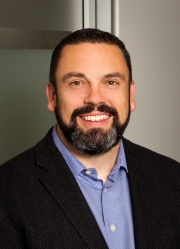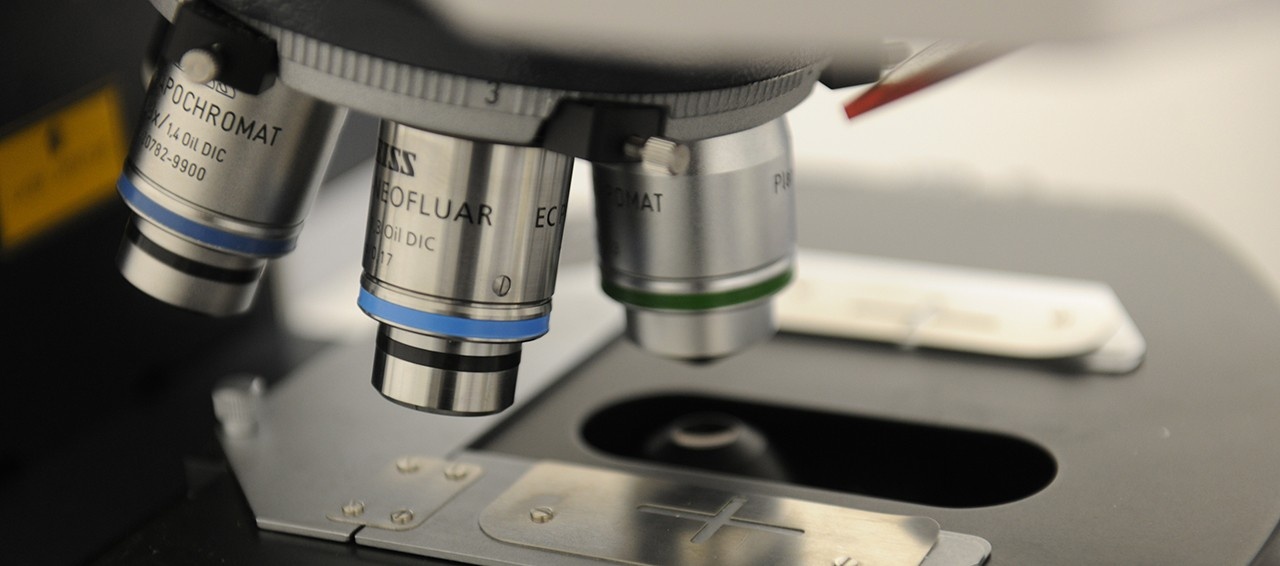Daniel Boyd
Associate Professor, Department of Applied Oral Sciences, School of Biomedical Engineering

Contact
Daniel Boyd, PhD
Email: d.boyd@dal.ca
Phone: 902-494-6347
My research interests are focused on the development of therapeutic/regenerative biomaterials for clinical indications in areas of trauma, oncology, neurovascular interventions and hard tissue augmentation. To achieve these solutions we actively research within the test parameters of internationally recognized protocols to evaluate new biomaterials in terms of safety and efficacy.
Our Group
We work with physicians, funding partners, and commercial partners to develop innovative implant materials for minimally invasive procedures in a variety of areas of human health, including interventional oncology and dentistry. We proactively support students with an interest in basic science, medical device product development, patient care and inter-disciplinary research.
Projects
| Predictive Modelling for Medical Ceramics: Medical Ceramics have revolutionized many areas of healthcare, and with over 10300 formulations yet to be examined, their potential is extensive. Based on a philosophy of trying to unlock the bodies own powers of self repair, coupled with a diligent focus on product development cycles, we discover, develop and commercialize innovative medical ceramic technologies specifically engineered to treat a variety of diseases. Őż |
| Degradable and Imageable Microspheres for Transarterial Embolization: Each year, over 790,000 people are diagnosed with hepatocellular carcinoma (liver cancer). These patients have poor prognosis but can be treated with a procedure known as transarterial embolization (TAE). In order to personalize, standardize, and optimize this treatment (and others), physicians are seeking imageable and degradable microspheres that can block the blood flow into tumors. Once treatment is complete these products degrade naturally and are removed from the patient. Our group has invented, patented and commercialized new types of microspheres for TAE, and we are excited to be developing an innovative imageable and degradable microspheres for emerging areas of TAE. Őż |
| Desensitizing Agents for Oral Healthcare: The management of caries is a $300B oral health problem. Through active collaborations with dental health professionals, funding partners and commercial entities, we are developing exiting technologies that can treat various oral health conditions including dentine hypersensitivity and caries arrest / prevention. These technologies hold promise for millions of patients globally. |
Őż
Selected Publications
| ‚ÄėAdvances in Degradable Embolic Microspheres: A State of the Art Review‚Äô J. Doucet, L. Kiri, K. O‚ÄôConnell, S. Kehoe, R.J. Lewandowski, D.M. Liu, R.J. Abraham, D. Boyd. Journal of Functional Biomaterials, January 2018. DOI: 10.3390/jfb9010014 |
| ‚ÄėRegulatory aspects of Bioactive Glasses: A basic primer on ‚Äúdesign control‚ÄĚ for academic researchers‚Äô M. Looney, S. Kehoe, R.J. Abraham, D. Boyd. Bioactive Glasses, Second Edition, Pages 181-199, 2018. |
| ‚ÄėHost responses to a strontium releasing high boron glass using a rabbit bilateral femoral defect model‚Äô K. O‚ÄôConnell, C. Pierlot, H. O‚ÄôShea, D. Beaudry, M. Chagnon, M. Assad, D. Boyd. JBMR Part B, Volume 105, Pages 1818-1827, Oct. 2017. |
| ‚ÄėMonte Carlo stimulations of the dosimetric properties of a novel glass microsphere for transarterial radioembolization‚Äô A. Syme, C. Church, G. Mawko, J.P. Archambault, R. Lewandowski, D. Liu, S. Kehoe, D. Boyd, R. Abraham. Medical Physics, Volume 44, Pages 4397-4397, Aug. 2017. |
| ‚ÄėInternal dosimetry of a novel Y-90 glass microsphere in transarterial radioembolization‚Äô E.C. Henry, G. Mawko, R. Lewandowski, D. Liu, D. Boyd, R. Abraham, A. Syme. Medical Physics, Volume 44, Pages 4388-4388, Aug, 2017. |
| Invited Contribution: ‚ÄėThe feasibility and functional performance of ternary borate filled hydrophilic bone cements: realizing therapeutic thresholds of strontium release‚Äô. Journal of Functional Biomaterials, Volume 8, Pages 28, Jul. 2017. |
| ‚ÄėHost responses to a strontium releasing high boron glass using a rabbit bilateral femoral defect model‚Äô K. O‚ÄôConnell, C. Pierlot, H. O‚ÄôShea, D. Beaudry, M. Chagnon, M. Assad, D. Boyd. JBMR Part B, Volume 105, Pages 1818-1827, Oct. 2017. |
| 'Stimulation of apoptotic pathways in liver cancer cells:Őż an alternative perspective on the biocompatibility and the utility of biomedical glasses‚Äô N. Kilcup, S. Gaynard, U. Werner-Zwanziger, E. Tonkopi, J. Hayes, D. Boyd. Journal of Biomaterials Applications, Volume 30, Pages 1445-1459, May 2016. |
| ‚ÄėImageable Zinc-Silicate Glass Microspheres for Transarterial Embolization: A Renal Artery Embolization Study‚Äô S. Kehoe, S. Amensag, M. Looney, R.J. Abraham, D. Boyd. Biomedical Glasses, Volume 1, Pages 70-79, Aug. 2015. |
| ‚ÄėFDA Approved Techniques to Address Peripheral Nerve Injuries: A review of Current State of the Art Devices‚Äô S. Kehoe, X.F. Zhang, D. Boyd. Injury, Volume 43, pages 553-572, May 2012. |
